Ertach Kernow - I saw not a windmill all over Cornwall
In a previous article relating to her travels around Cornwall during 1698, commenting in her diary, Celia Fiennes noted ‘I saw not a windmill all over Cornwall or Devonshire tho' they have wind and hills Enough, and it may be its too Bleake for them.’ Perhaps that was the reason but as we now revert to wind, water and tidal power to generate Cornwall’s 21st century green energy plans a look at firstly the use of wind power in earlier times.
There certainly haven’t been the number of wind generated mills compared to water mills and historian Charles Henderson noted in the 1930’s although rare they had not been non-existent. Milling grain and tucking or fulling woollen cloth were the main reason for generating power from the wind, water and tide. Tucking the cloth would have taken place where water was plentiful, and use of a water mill would have been far more practical. Pre-Industrial Revolution there were indications that windmills had been used for extracting water from mines, later augmented by horse whims, with a report in 1879 noting; ‘We are glad to see an indication or rather promise, of fresh economies in the revival of proposals to use wind-power in mines.’ Even the great Richard Trevithick, far better known for his steam inventions, erected a windmill on Ding Dong Mine in 1797. This was recalled by James Bolitho who said, ‘Captain Trevithick at that time put up a wind engine in the mine, sometimes it went so fast they could not stop it; some sailors came from Penzance and made a plan for reefing the sails.’
In his entry, Scraps from Old Maps, A Pearce Jenkins notes in the April 1926 ‘Old Cornwall’ journal; ‘A map of Tremenheere and Terillion (Trillian) in Wendron, which is undated, but cannot be later than 1711, because it speaks of what was afterwards the Hartley estate, as being owned by the Earl of Bath, which title became extinct in 1711., has at the northern extremity of Tremen-heere bordering on "Roselitton" (Roselidden) a note that "upon this piece of ground is a great tin-work " On it are marked two lodes, and on one of them a windmill, evidently for pumping.’
The Cornish have ever been at the forefront of ingenuity and despite the rarity of windmills a patented design for improvements relating to the retarding of the sails when the wind was too strong was made by Benjamin Heame a Penryn merchant. The patent was entitled ‘A new invented method of regulating the sails or vanes of engines and mills worked by force of wind’. This illustrates that perhaps Celia Fiennes observation about the wind being ‘bleak’ really was a major issue. Engineers continued to consider used of windmills for extracting water well into the industrial age, even as beam engines festooned the Cornish skylines they looked at ways of economising costs for shareholders. The Royal Cornwall Gazette wrote in 1824 ‘A correspondent at St Agnes informs us that it is the intention of some mining speculators there, to attempt to draw the water from their works by a windmill, which is already in a state of forwardness’. Whether this was completed and used successfully or not may not now be known, if so would be an interesting addition to the history of Cornish windmills.
Regarding Fowey Windmill this was discussed during a meeting of the Royal Institution of Cornwall by the eminent Cornish entrepreneur J T Treffry in 1840. The record states ‘In referring to the ancient Manor of Langurthowe on which part of Fowey stands, Mr Treffry stated the circumstance of a windmill being mentioned in a lease of Langurthowe, dated 1296; which in fact, said Mr Treffry, contradicts the date assigned in Chronological Tables to the invention of Windmills in England.’ We now know that earlier ones were built but illustrates that they existed at Fowey during the 13th century. Somehow during her travels through Fowey in1688, Celia Fiennes somehow missed seeing this particular windmill.
The ruins of this windmill adjacent to Fowey Hall is not the one mentioned in 1296 and probably constructed during the first half of the 16th century. It stands on a large mound believed to have been the base of an earlier post windmill. By 1889 the tower was in a ruinous state and was converted into a folly by the builders of Fowey Hall, with mock Norman features. It stands some 20 feet high with an internal diameter of 11 feet.
During his documentary research from the 1920’s Charles Henderson had discovered sixteen windmills, later research by others would bring that up to over sixty. Henderson observed that these tended to be along coastal regions, and this remains mostly true for the remainder. The ruins or sites still existing today in Cornwall today are few, including the one already mentioned at Fowey.
There is the Carlyon Hill Mill close to Padstow at St Minver. This is a circular stone rubble constructed tower built during the 17th century standing about 30 feet tall with a flat roof replacing the original. It is included in a painting dated 1690 and is shown on maps by Martyn and later ordnance survey maps. Once plastered this would have made a conspicuous landmark high up along the Camel estuary.
Empacombe Windmill at Maker is set in an area of historic post medieval structures close to Mount Edgcumbe House. Thought to have been built around 1769 from local sandstone it remains over 25 feet tall with walls up to 4 feet thick. The windows and doorways are of moulded granite and its construction and location suggest that it may have held some importance in the past. Mentioned on the tithe map by the 1866 ordnance survey it was noted that the windmill was in ruins and has been designated as disused or named Old Windmill in later maps.
The small settlement that is now at the southern edge of Trevone called Windmill has the remains of a tower windmill first recorded in 1840 on the tithe map again appearing on the ordnance survey map surveyed in 1880. The 1840 map shows three small buildings with the windmill marked, an example of a hamlet taking its name from this windmill that was feasibly much older than 1840. The nearby smithy recorded on later maps does not appear on the tithe map. This 6-metre-high tower is somewhat battered, with slit windows in the north face was used to grind corn and has had a water tank on its summit from before 1956.
Landewednack Mill situated to Windmill Farm on Lizard Downs was shown in the Lanhydrock Atlas dated 1695 and still in working order in 1828. It survives as a roofless three-story tower the original revolving pitched roof long gone and the temporary roof removed in 1965. It stands some thirty feet high with walls four feet thick of blocks of elvan and serpentine without mortar.
Although known through documentary evidence, appearance in paintings and maps little is known about many of Cornwall’s historic windmills. There are many windmills which have vanished and are perhaps only known locally to few people. At least two of these in the Newquay area have been recorded and researched by Newquay Old Cornwall Society who maintain their archive within Newquay Museum. These include Jimper Penrose’s Windmill which was situated on the site of Newquay golf links on the south side of the Atlantic Road cemetery. This was used for corn and chaff cutting. Perhaps more substantial was that built high on what became Mount Wise by James Pearce in 1888 to pump water from the mine, described as a deep well, for use by his tenants. This windmill was recorded as very effective even in a light breeze providing a good flow of water. In 1892 the site was purchased for £725 by the Newquay and District Water Company who installed a coal fired pump.
I would be most interested to hear from readers who know of any windmills which have existed in their area of Cornwall.
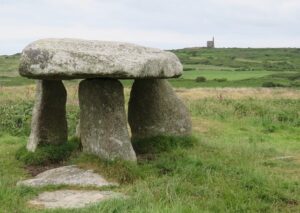
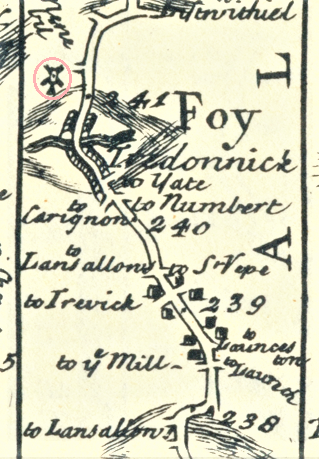
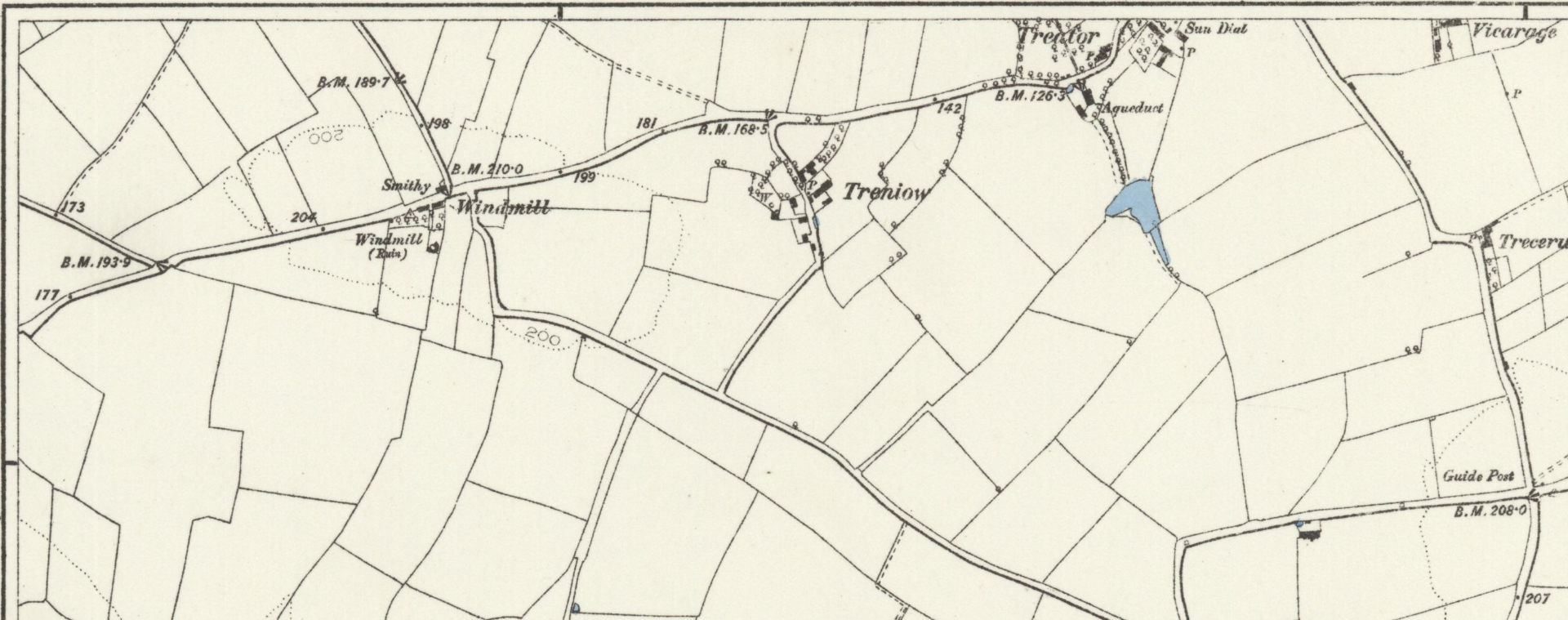
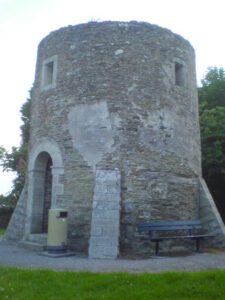
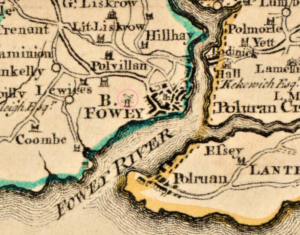

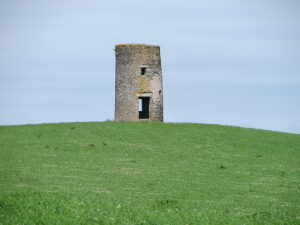
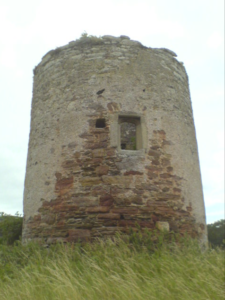
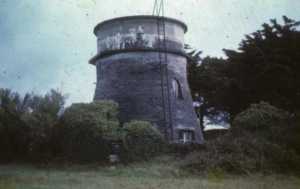
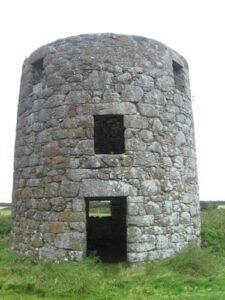
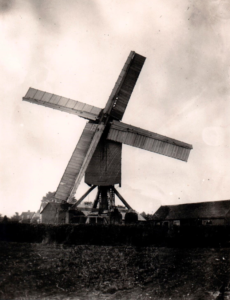
![[108] Voice - Ertach Kernow- 200722A Cornwall Windmills [S] Ertach Kernow - Cornwall's 'bleake' Windmills](https://www.cornwallheritage.com/wp-content/uploads/2022/07/108-Voice-Ertach-Kernow-200722A-Cornwall-Windmills-S-242x300.jpg)
![[108] Voice - Ertach Kernow- 200722B Cornwall Windmills [S] Ertach Kernow - Cornwall's 'bleake' Windmills](https://www.cornwallheritage.com/wp-content/uploads/2022/07/108-Voice-Ertach-Kernow-200722B-Cornwall-Windmills-S-240x300.jpg)
![[108] Ertach Kernow Heritage Column - 20th July 2022 - Cornish music being shared Ertach Kernow Heritage Column - 20th July 2022 - Cornish music being shared](https://www.cornwallheritage.com/wp-content/uploads/2022/07/108-Ertach-Kernow-Heritage-Column-20th-July-2022-Cornish-music-being-shared-300x292.png)